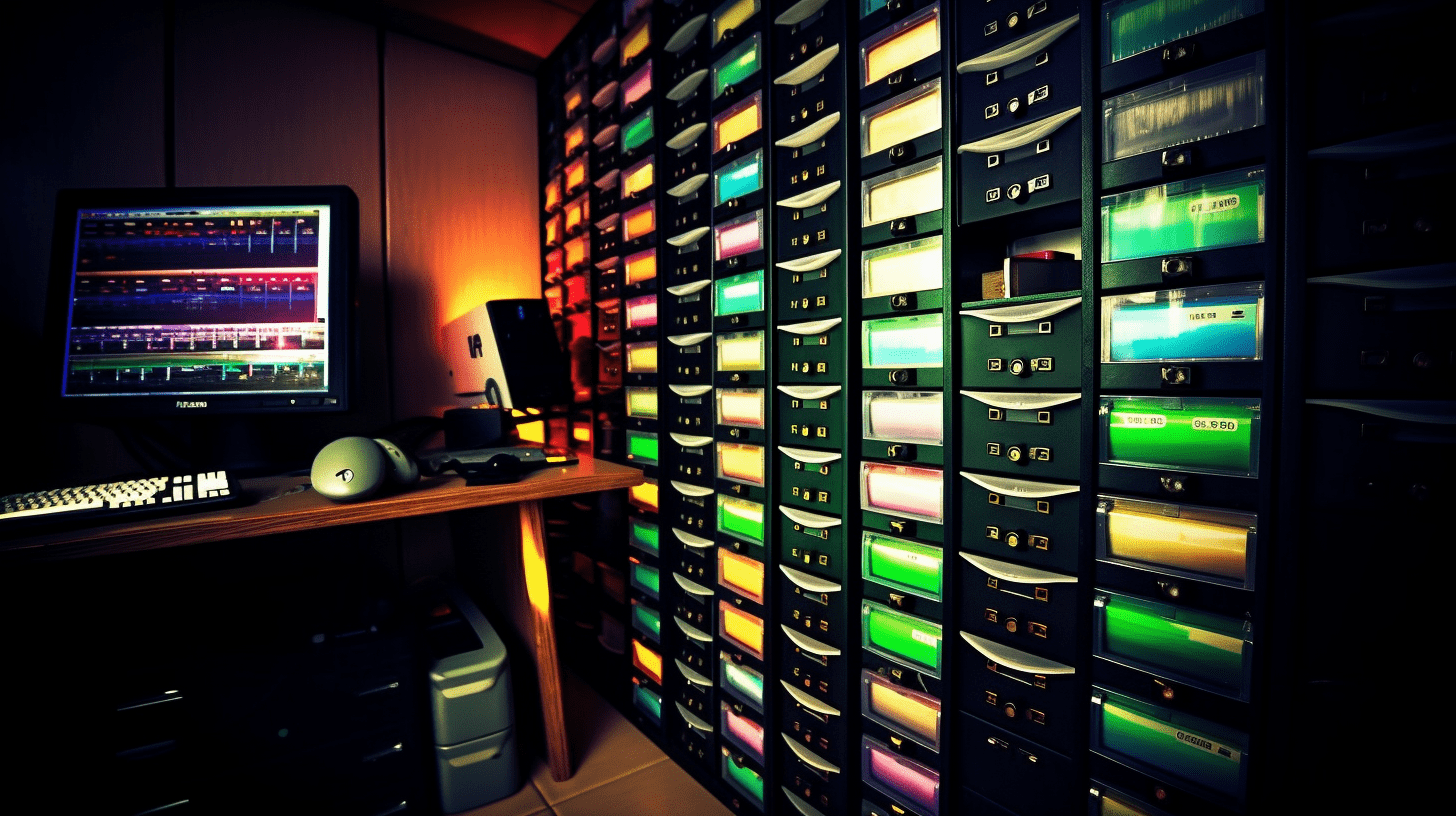
Get Video Editing Tips, Tricks, and Guides Straight to Your Inbox
Dark
Light
Computers crash and accidents happen, but people still neglect to back up their data. Failing to make the effort to do so can come at a high price. With all the easy-to-access software, securing your data is simpler than ever. Here are our top 5 ways to easily back up and store your video:
Remember those small USB flash drive card readers? They are perfect if your solid drives are filling up and you need to free more space. Just buy a card reader that you can connect externally. USB Type-C is becoming a widely used standard, since many Apple laptops, Chromebooks and Ultrabooks now only come with this port.
Compared to other storage mediums, card readers are extremely small, but you can also go for larger readers that are meant to function as desktop docking stations. These are extremely good options for streamlining intense workflows, since they are capable of fast transfer speeds.
Your biggest decision will be whether to go with a hard disk drive (HDD), or a faster but more expensive solid-state drive (SSD). The main difference between these two is how the data is stored and accessed. Unlike hard disk drives, SSDs have no moving parts, which means fantastic performance. This is a huge benefit when you've got a lot of data to copy.
A hard disk drive is more a traditional storage device that works mechanically, with moving parts. While an SSD can be more stable and reliable, you still need to find space for the drive and connecting wires on your computer workspace. However, solid state drives do not require that much power, which means your battery will last longer. The only downside is that SSDs tend to cost more, and usually low-cost laptops still only come equipped solely with HDD.
Regardless of your choice of storage, you will need to keep your drives clean. The operating system requires a lot of disk space to prevent any slowdowns or even worse, crashes.
RAID stands for Redundant Array of Independent Disks. The RAID system consists of two or more drives and there are different RAID levels for each optimised for a specific situation. Because these systems are not standardised, different companies come up with their own set ups.
Different types of RAID can be directly used as part of the workstation or as part of the network storage, where one computer contains the disks and the network interface, but only manages the storage. This enables several workstations to access the same files, where the disks are controlled by the software on the storage machine.
Nevertheless, RAID arrays can provide enhanced data protection, but their extra disks should not be considered as backups. Therefore, make sure you backup your RAIDs!
Offsite secondary backup means backing up your data by moving it literally off-site. There are two common off-site backup forms: cloud backup or tape backup. Cloud backup (online backup) means that the data is sent to a completely separate network server, which is typically hosted either by a third-party or an enterprise. LTO tape backup copies the data from the primary storage to a tape cartridge, which is then removed to another location.
When it comes to backup, remember the 3-2-1-backup-rule: 3 copies on 2 different storage media and 1 of which needs to be in another location offsite. Trust us, an incident that puts your data at risk can happen at any time. You’ll thank us when you know you have another backup in another location.
You can probably guess what is the best thing about cloud storage - accessibility. The cloud refers to online storage, which means they are stored remotely and are accessed anywhere by both computers and mobile devices. This is a must when working simultaneously with more than one computer or device. Synchronization in these softwares ensures you have the same files on all of your devices, which makes team work remotely smooth and transparent.
You didn't think we were just talking about the best ways to back up and store your video for fun now, did you? (although, obviously, it's a super-fun topic!) Back in July, when we released Lightworks 2021.3, we added a whole bunch of cloud storage integrations to help you create and collaborate on edits in the easiest way possible. You can watch a video of the simple workflow here with one of our cloud partners, pCloud, but there are other big names available that we think you've probably heard of.
The big names are: Google Drive, Dropbox, OneDrive, Box and (soon) iCloud. Here is why:
Hopefully after these following five ways to successfully store your data, you have a more profound understanding of the different options available. Just make sure you choose the right kind of storage solution that is fast, reliable, recovers from crisis, fits for your workflow and works well with your media management systems. This means your hardware can be only as good as your software.